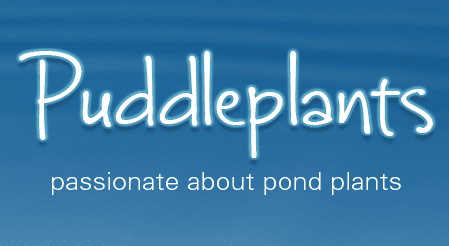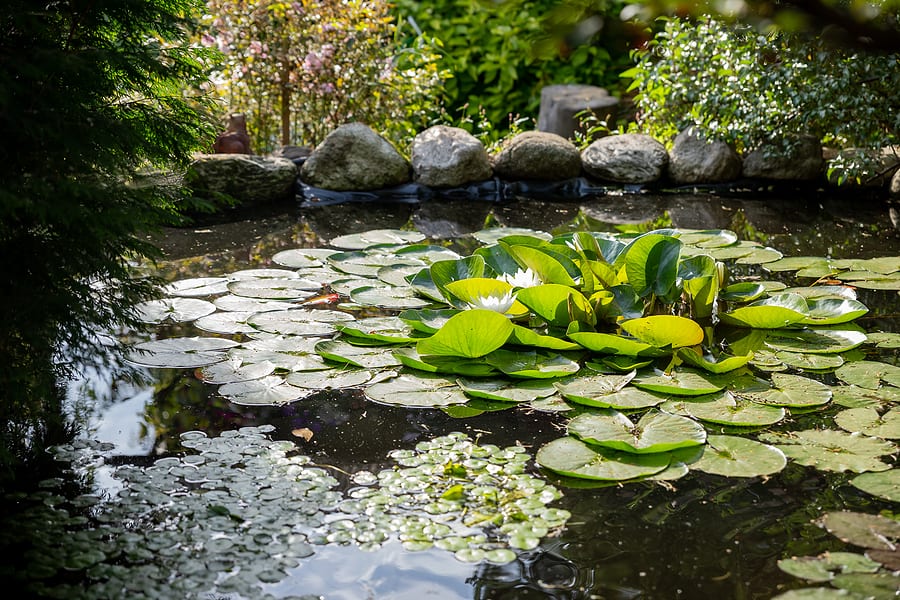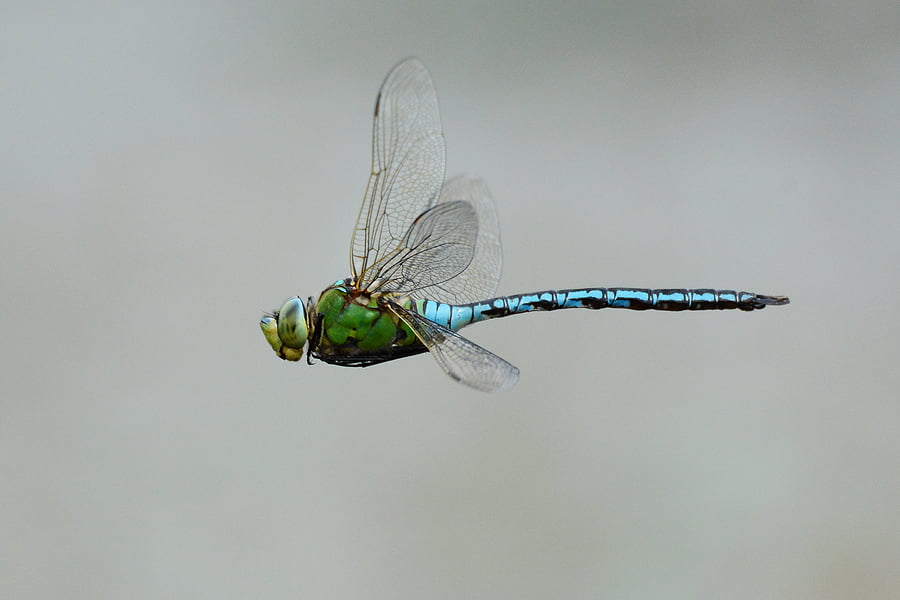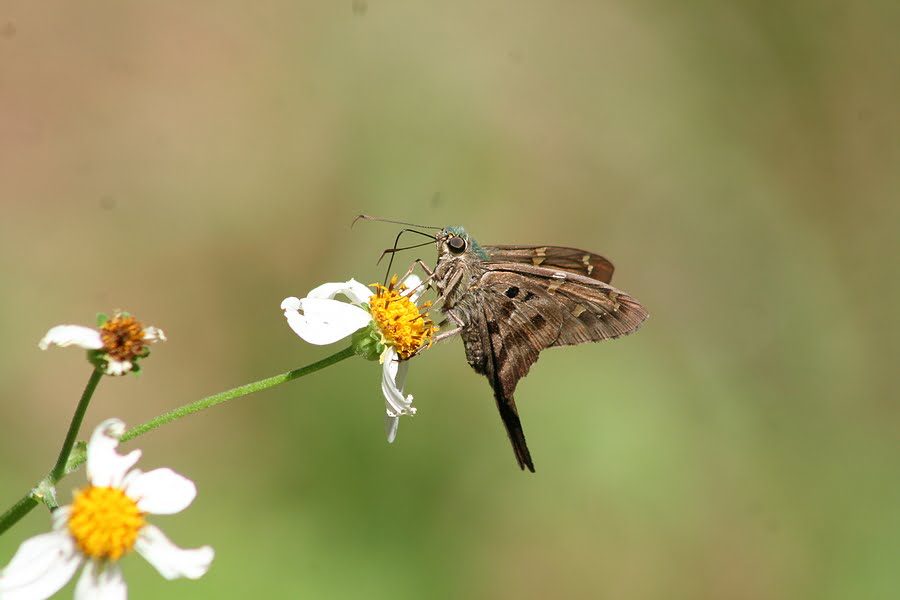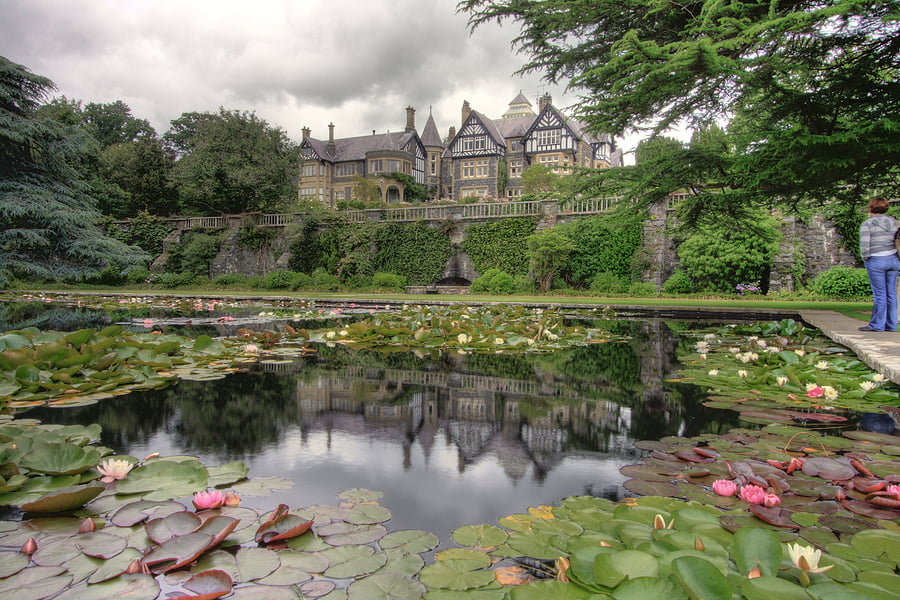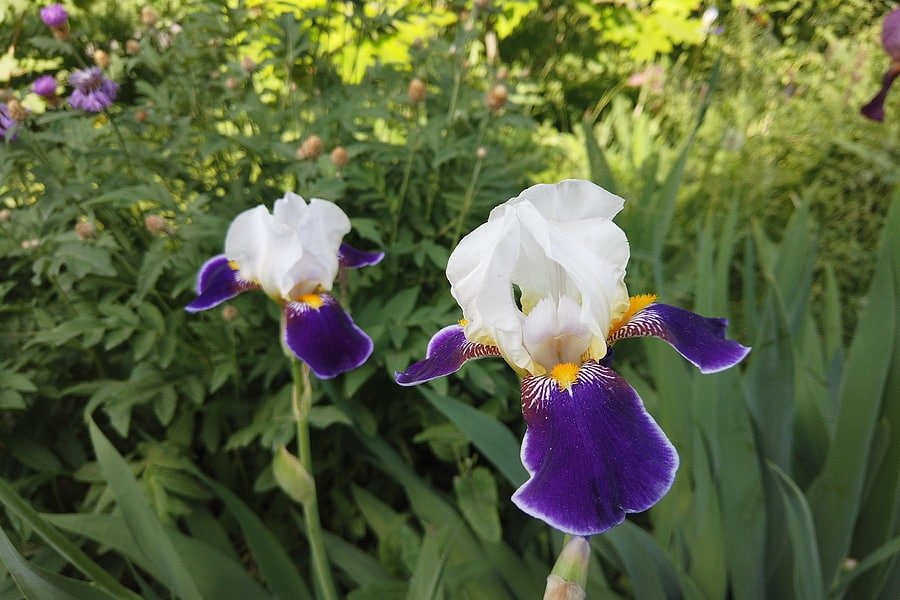
8 Of The Best Plants For Ponds
23rd July 2021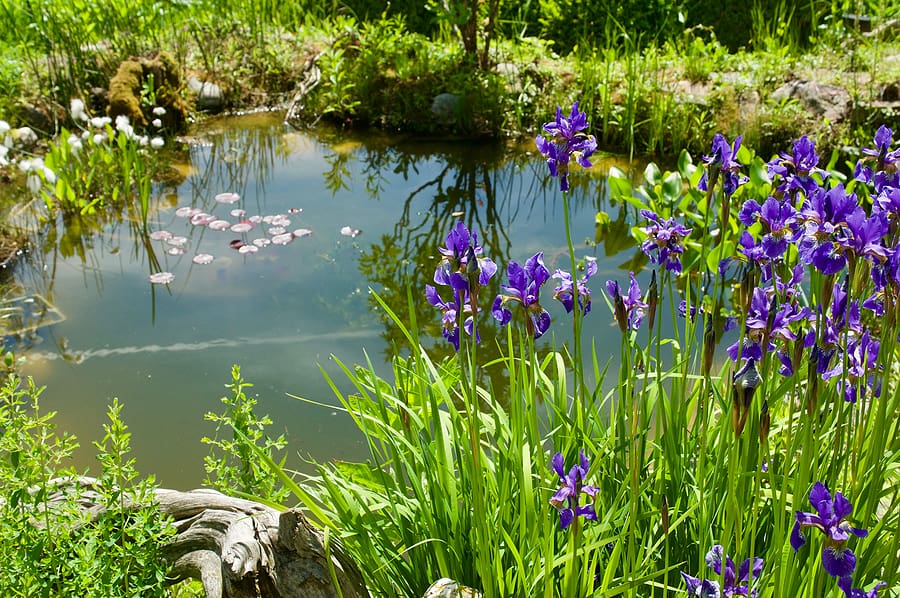
Long-Lost Plants Found In Rediscovered ‘Ghost Ponds’
23rd August 2021A pond makes a wonderful addition to a garden, providing a relaxing focal point, attracting wildlife, and supporting beautiful flowers and fish. If you are embarking on a pond building project this summer, it’s best to do some planning before diving straight in. Here are some common mistakes to avoid, to ensure you end up with a thriving healthy pond.
Choosing the wrong location
It can be tempting to put your pond in an unused shady corner, to avoid disrupting other garden features. However, a pond needs to be in a spot where it gets a good amount of sun, but also some shade.
Avoid building it under a tree, as it will be too overshadowed, and leaves falling into the pond will mean a maintenance headache, or if left will rot into the pond creating excess nutrients when they rot down increasing problems with algae.
It should be away from any underground drains, pipes and cables. Avoid low areas of garden where it will be flooded with rainfall run-off and any pollutants which are in the garden.
Not ensuring the pond is level
This is one of the biggest mistakes you can make whether creating a pond with a liner or using a preformed pond. If the pond is not level it will never look right when filled and will be overflowing at one end or side whilst too shallow and exposing pond liner on the opposite side. It will also mess up the planting depths of the shelves.
Making it too shallow
A shallow pond will mean the water warms more easily, and is prone to evaporation in the summer. In the winter, the pond may freeze solid, suffocating any fish. The fish will also be more vulnerable to predators. As a rule, the pond depth should be a third of the length. For small to medium ponds 60-75cm is a good maximum depth for the deepest part of the pond as this will accommodate any deep water plants and any deeper is just creating work for you. For large natural ponds 90-120cm is a practical maximum to act as a safe barrier to the spread of any of the more vigorous or invasive plants.
Not building any shelves for marginal planting
Build shelves into the sides of your pond to place stones, rocks and plants on. If you don’t include these in the design of your pond you will make life very difficult as most marginals need relatively shallow water to grow in and will not survive in deep water. There are solutions to get around this such as over-growing mats and floating plant islands but shelves are better and much more flexible.
Shelves too shallow
The minimum shelf depth should be 15cm as this depth will accommodate baskets up to 3.5 litres whilst still being beneath the surface of the water (just). If shelves are a little deep you can always build them up a bit with stones or compensate using bigger/taller baskets, but if too shallow you will be left with baskets sticking out of the water which is not a good look! There are a couple of baskets that are 9-10cm tall and 2 – 2.5 litres in size if you are stuck with shallow shelves. 20cm-25cm deep will accommodate baskets up to 10 litres, which is the practical maximum sized basket for most ponds.
Making it too small
A small pond may seem like less work, but it the long run it’s harder to keep it going as a healthy living ecosystem. A larger pond will be more stable, and you will also have far more choice when stocking it with fish and plants.
If you are looking for water lilies for sale, visit our website today.

